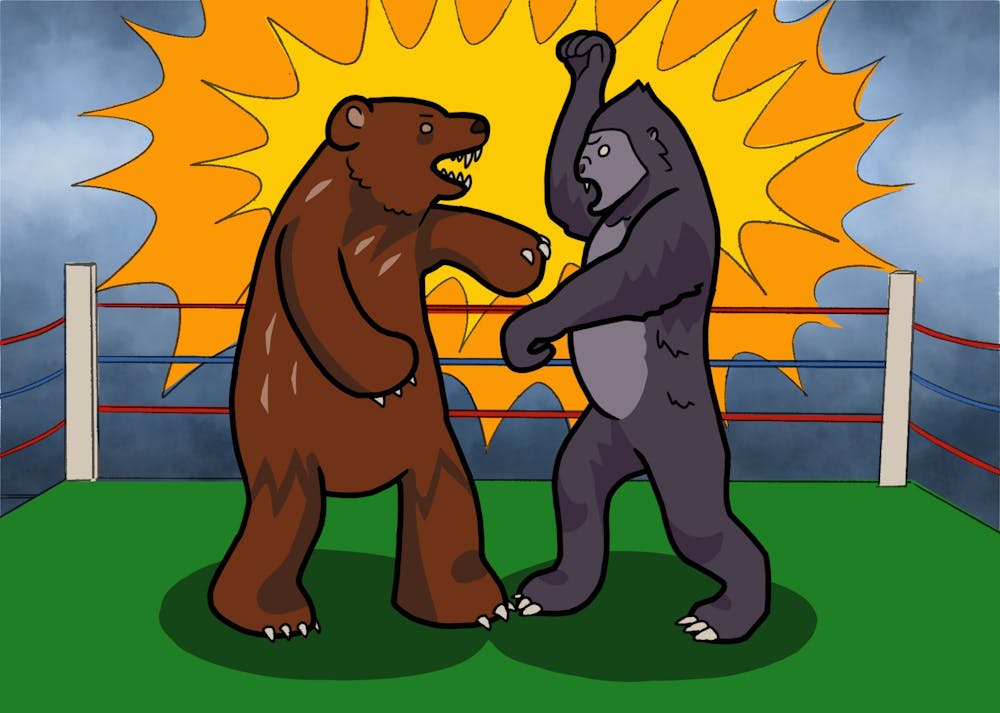Over the past decade, the annual March Mammal Madness tournament has grown to become a model of narrative education, combining scientific studies with suspenseful storytelling.
March Mammal Madness pits 64 mammal species against one another in a single-elimination tournament, using academic evidence to justify the results. A team of about 15 scientists researches each battle ahead of time, scouring scholarly works to craft a hypothetical, albeit accurate, story of what would happen. The play-by-play of the events is then posted on Twitter in the style of live sports commentary.
Out of four divisions of competitors, including past categories like "Queens of the Sky and Sea" and "Why Not Both?", last year's tournament ended with a matchup between a grandma orca and the pride of lionesses, with the big cats taking the win.
This year's divisions include "Animal Engineers," "Mighty Stripes," "Dad Bods" and "Itty Bitty Comeback City."
The project was started in 2013 by Katie Hinde, an associate professor at the School of Human Evolution and Social Change, who originally posted it on her blog with hopes that her mom would play. In the 10 years since, the project has exploded, with nearly 7,000 educators requesting MMM materials for their 615,000 students in 2022.
"If teachers came into their classrooms, and had a table, and said 'Here's 64 species, find out how big they are and what habitats they live in and what they do,' that would be the worst assignment ever," Hinde said. "If you give them the same list of animals and you're like, 'Who do you think wins and why?' the kids are like 'Excuse me while I do deep research on this.'"
The extent of the tournament's reach would not be possible without Anali Perry, the head of the Open Science and Scholarly Communication Division at the ASU Library.
One challenge that MMM faced in its early stages was accessibility: Hinde's blog could be easily blocked by the internet restrictions on public school computers, and the papers cited in the live matchups were often blocked by paywalls or licensing concerns.
In response, Perry created a LibGuide site, which became the central hub of the tournament and a critical medium for its growth. With the website, teachers could not only incorporate MMM into their curriculums, but participate along with their students.
"I think sometimes as we get older, we get into a university environment, we sometimes think 'Oh, we gotta be serious about our education, we gotta write articles that are really, really boring to read,' you know?" Perry said. "It's OK to let your excitement and enthusiasm for your field, for your passion, to show. And that's what's going to bring people in."
That excitement goes beyond getting people interested in the game; it also tricks their brains into learning better.
"People remember the scientific information of what sent their combatant out of the tournament or what species defeated it," Hinde said. "Things don't have to necessarily only be positive or a win to have our minds be gripped by them."
River is a senior studying english and mechanical engineering. This is their fourth semester with The State Press.




